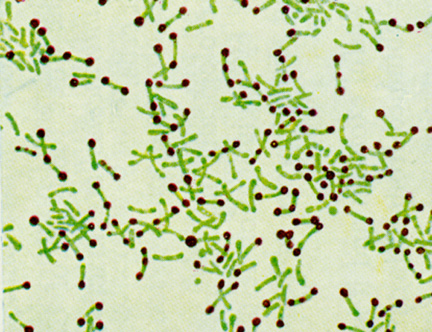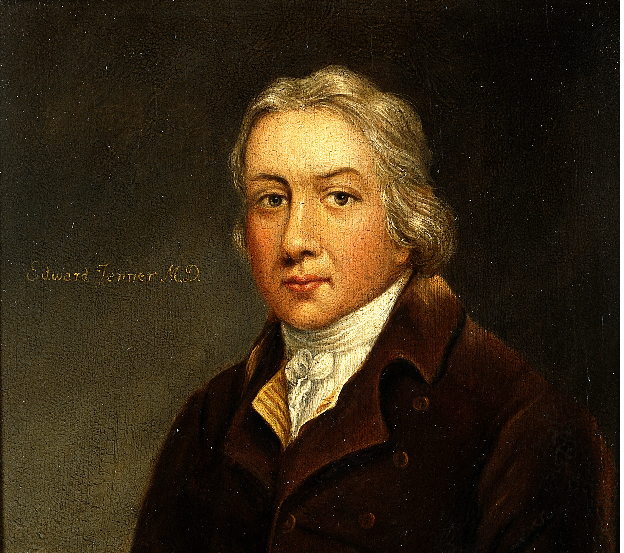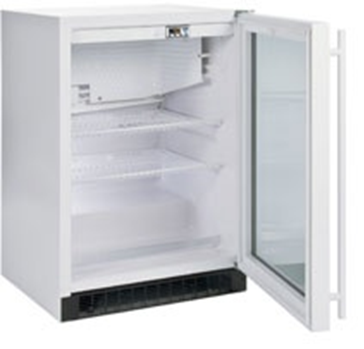Living organisms vary in terms of their mode of nutrition i.e. how they feed or obtain their food. Some organisms are known as autotrophs because they can manufacture their own food; and examples include green plants and green algae. Autotrophs use carbondioxide (CO2) as their sole source of carbon for growth.
Plants contain chlorophyll which allows them to manufacture their own food in the presence of sunlight (which also acts as their source of energy). The other groups of living organisms cannot manufacture their own food like the autotrophs. They are generally known as heterotrophs; and these organisms (e.g. fungi, animals and protozoa) depend directly or indirectly on the autotrophs for food.
Heterotrophs utilize organic carbon as their sole source of carbon for growth. Lithotrophs utilize or oxidize inorganic compounds to generate their carbon while organotrophs utilize or metabolize organic forms of carbon. Based on their mode of metabolism i.e. microbial nutritional requirements in general, microorganisms are usually divided into four (4) nutritional groups.
PHOTOLITHOTROPHIC AUTOTROPHS
Photolithotrophic autotrophs are microorganisms that utilize light energy and carbondioxide (CO2) as their sole energy and carbon sources respectively. They are also known as photolithoautotrophs or photoautotrophs; and some microbes in this category mainly use sulphur or sulphides as electron donor. In terms of oxygen utilization, photoautotrophs can be aerobic, anaerobic or facultative organisms.
Examples of microorganisms that are photolithoautotrophs include cyanobacteria, green bacteria, purple bacteria and sulphur bacteria. Photoautotrophs (e.g. cyanobacteria) are photosynthetic in nature.
Some cyanobacterial blooms and blooms formed by photoautotrophs in freshwater habitat and in some water reservoirs can be pathogenic in nature (even though they do not cause any direct pathogenesis in other organisms) because they produce potent harmful toxins which can cause death or disease in animals that directly drink from such bloom-infested waters. Bloom production by photoautotrophs in freshwater habitat causes the water to look dirty or unhygienic and foul-smelling.
Blooms are visible growth of planktonic or photosynthetic microorganisms especially some species of bacteria (e.g. cyanobacteria) which are produced on the body surface of water including pools, lakes, and reservoirs amongst others.
CHEMOORGANOTROPHIC HETEROTROPHS
Chemoorganotrophic heterotrophs are microorganisms that make use of organic compounds as their sole source of energy, carbon, electrons and hydrogen. They are also known as chemoheterotrophs or chemoorganoheterotrophs. All pathogenic microorganisms (especially bacteria and fungi) are in this category known as chemoheterotrophs.
Chemoheterotrophs utilize a wide variety of organic substrates to generate their carbon and other nutritional and growth factors. Other examples of chemoheterotrophs include protozoa and Archaea. The majority of fungi and bacteria are chemoheterotrophs in nature.
PHOTOORGANOTROPHIC HETEROTROPHS
Photoorganotrophic heterotrophs are microorganisms that are commonly found in streams and lakes especially when they are polluted.
Also known as photoorganoheterotrophs, microbes in this nutritional group also utilize light and organic compounds to generate their energy and carbon molecules required for growth.
Examples of photoorganoheterotrophs include purple bacteria and green bacteria. They are mainly non-sulphide bacteria.
CHEMOLITHOTROPHIC AUTOTROPHS
Chemolithotrophic autotrophs are microorganisms that obtain their energy and electrons form the oxidation of reduced inorganic compounds such as sulphur, nitrogen and iron compounds. Inorganic compounds such as nitrogen (iv) oxide (NO2), CO2, hydrogen sulphide (H2S) and ammonia (NH3) amongst others are the main energy and carbon sources of chemoautotrophs or chemolithotrophic autotrophs.
Chemoautotrophs or chemolithoautotrophs as they are often called play vital roles in the ecosystem because of the notable biodegradative and oxidation activities of microbes in this nutritional group. Many Archaea and some bacteria including nitrifying bacteria, sulphur-oxidizing bacteria and iron-oxidizing bacteria are some examples of chemoautotrophs.
Microorganisms in this nutritional category possess the properties of both lithotrophs and autotrophs; and some chemolithotrophic microbes especially bacteria are used in leaching (i.e. the solubilization or commercial recovery of some metals from their ores). Thiobacillus species and Leptospirillum species are typical examples of bacteria used for leaching activities; and the process can also be described as bioleaching or biomining since it is facilitated by microorganisms.
Some group of microorganisms (especially the iron-oxidizing bacteria such as Thiobacillus species and Alcaligenes species) obtain their nutrients and other growth factors from the combination of the metabolic pathways or processes of both chemolithoautotrophic or chemolithotrophic and heterotrophic organisms. Such group of microorganisms is generally known as mixotrophs; and their mode of nutrition is known as mixotrophy. A mixotroph is a heterotrophic-chemolithoautotrophic microorganism.
Mixotrophs exhibit mixotrophic mode of nutrition because they combine the metabolism of heterotrophs and chemolithoautotrophs to obtain their energy and carbon. Mixotrophy is thus a mode of metabolism in which microorganisms obtain their energy and carbon from the oxidation of inorganic substrates and organic substrates respectively. Mixotrophs also obtain their carbon from the oxidation of CO2 through the metabolic pathway of autotrophs.
REFERENCES
Atlas R.M (2010). Handbook of Microbiological Media. Fourth edition. American Society of Microbiology Press, USA.
Balows A, Hausler W, Herrmann K.L, Isenberg H.D and Shadomy H.J (1991). Manual of clinical microbiology. 5th ed. American Society of Microbiology Press, USA.
Basic laboratory procedures in clinical bacteriology. World Health Organization (WHO), 1991. Available from WHO publications, 1211 Geneva, 27-Switzerland.
Black, J.G. (2008). Microbiology: Principles and Explorations (7th ed.). Hoboken, NJ: J. Wiley & Sons.
Garcia L.S (2010). Clinical Microbiology Procedures Handbook. Third edition. American Society of Microbiology Press, USA.
Garcia L.S (2014). Clinical Laboratory Management. First edition. American Society of Microbiology Press, USA.
Ira R (1995). Bacteriology, Standard Operative procedure manual for microbiology laboratories, National Institute of Biologicals. Pp. 73-97.
Madigan M.T., Martinko J.M., Dunlap P.V and Clark D.P (2009). Brock Biology of Microorganisms, 12th edition. Pearson Benjamin Cummings Inc, USA.
Woods GL and Washington JA (1995). The Clinician and the Microbiology Laboratory. Mandell GL, Bennett JE, Dolin R (eds): Principles and Practice of Infectious Diseases. 4th ed. Churchill Livingstone, New York.
Discover more from Microbiology Class
Subscribe to get the latest posts sent to your email.





